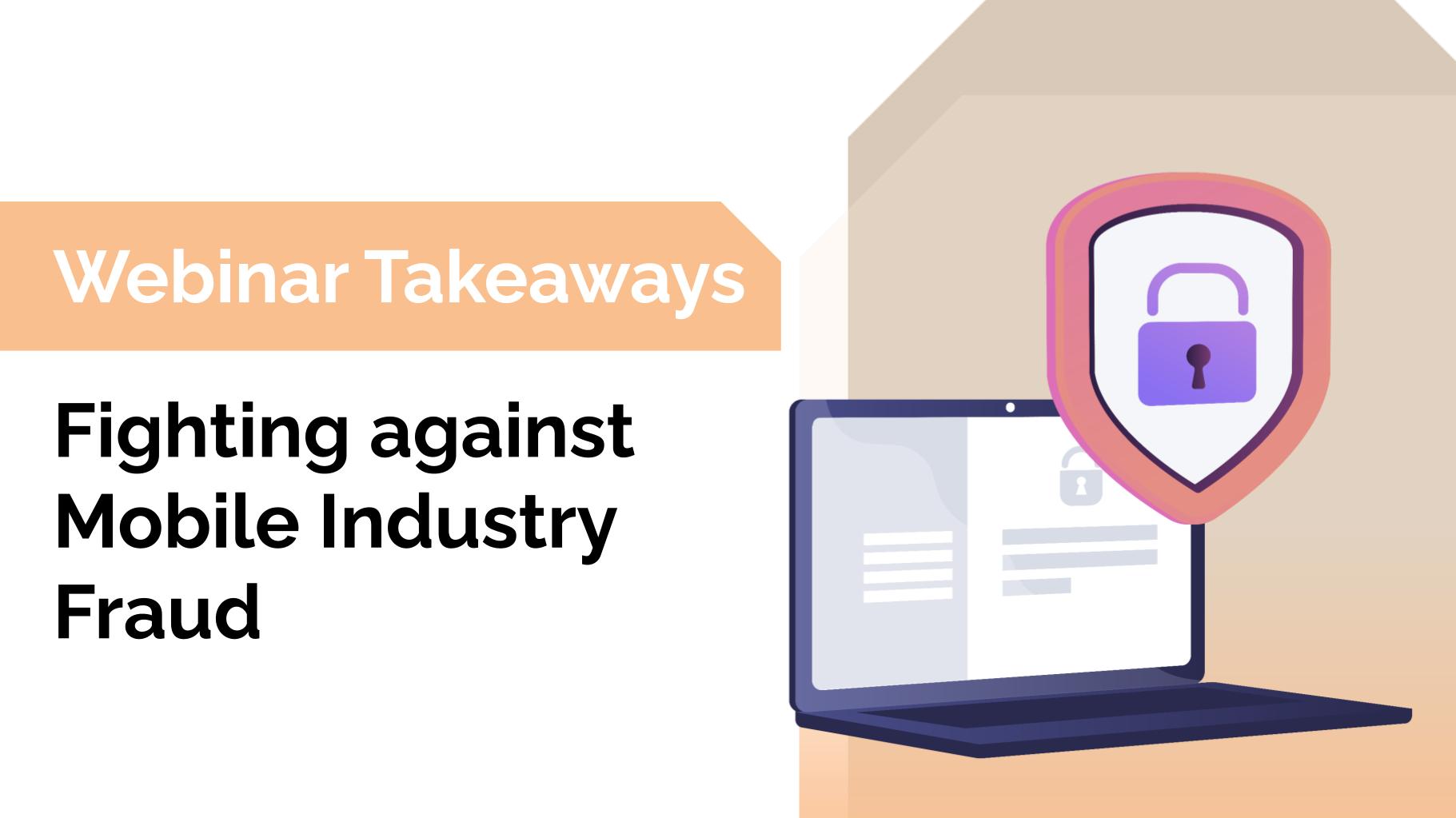During the webinar “Fighting against Mobile Industry Fraud” hosted by Dario Betti from Mobile Ecosystem Forum (MEF) and the industry leaders, Rahima Ouadfel, Vice President of Growth at Smadex, and Thomas Tinker, Head of Account Management at MCP Insight, discussed the opportunities and challenges presented at the direct carrier billing (DCB) world. The main focus was our last whitepaper with MCP Insight titled “Transparency and Brand Safe Advertising,” which delves into how brands can make the most of DCB while ensuring compliance and protecting consumers from fraudulent activities.
Direct Carrier Billing (DCB): How will it impact the future of digital transactions?
Dario decided to break the ice, starting the webinar with an interesting topic – direct carrier billing (DCB). It is an innovative area that is expanding rapidly, and it has the potential to revolutionize the future of digital transactions.
Thomas Tinker projected that “by 2026, the spend on DCB could exceed 100 billion dollars, compared to the current spend of 40 billion dollars in 2020.”
But why is DCB so appealing? Mainly, it is highly user-friendly, and even those who do not have a bank account or credit card can benefit from its advantages. Additionally, it has robust security features, making it much more secure than other online payment methods. In conclusion, DCB has immense potential and is ready to redefine the digital transaction landscape.
Why prioritize quality products and services for a healthier digital ad ecosystem?
It’s common sense that if a service is good, people will engage and subscribe to it. However, it is equally important for DSPs to promote high-quality ads and services. By doing so, they can establish themselves as trusted partners for premium publishers looking to promote quality services.
It’s not only about the service itself – the quality of the customer experience is also vital. Customers desire transparency and clarity regarding what they are receiving. For example, in the UK, services are rated based on risk factors, and quality is one of the most significant factors. Services with poor-quality content are more likely to result in complaints, investigations, and fines.
What are the regional key initiatives that can be used to enhance transparency in advertising?
All regions are working towards fighting fraud, but some are more advanced than others. Europe is definitely leading the way, but unfortunately, there are still regions like the Middle East, Asia, and Africa where fraud is going up instead of down. It’s a complicated issue, and education is key. Some carriers have a good understanding of the industry and how to combat fraud, while others may not be aware of the extent of the problem.
There are two ways to approach this problem. The first is transparency with clients and advertisers, helping them know exactly where their ads are being displayed. And the second approach is collaboration. Working together is key to resolving the challenges of the industry. Cybersecurity is a significant concern, and it’s crucial to sit down between teams and address these challenges all as one. By bringing together advertisers, suppliers, and cybersecurity companies, it is easier to tackle these issues effectively.
How to stay proactive against the emerging threats in digital advertising?
AI (Artificial Intelligence), of course, popped up as a significant tool in the field of cybersecurity. It can offer valuable assistance in various areas, such as processed art, scanning, human compliance auditing, anti-fraud solutions, and user behavior analysis. However, it is important to note that fraudsters also utilize new technologies, but as a cybersecurity company, employing AI may enable them to stay one step ahead of fraudulent activities.
As a DSP working on real-time bidding, it is crucial to remain alert on the request side of things. Analyzing publisher requests quickly and making informed decisions is essential. Working with cybersecurity companies can help reach the desired traffic and avoid fraudulent ones.
Quick Recap
Remember, collaboration, communication, and transparency are the keys to success in any business. Listening and effective communication are the building blocks of collaboration, enabling companies to achieve better results when working together. Don’t forget about the importance of partnering with suppliers, anti-fraud entities, and cybersecurity firms; these alliances are essential for successful collaborations and safeguarding your business interests. So, as you navigate the dynamic landscape of your industry, keep these principles in mind to help you achieve your goals!
